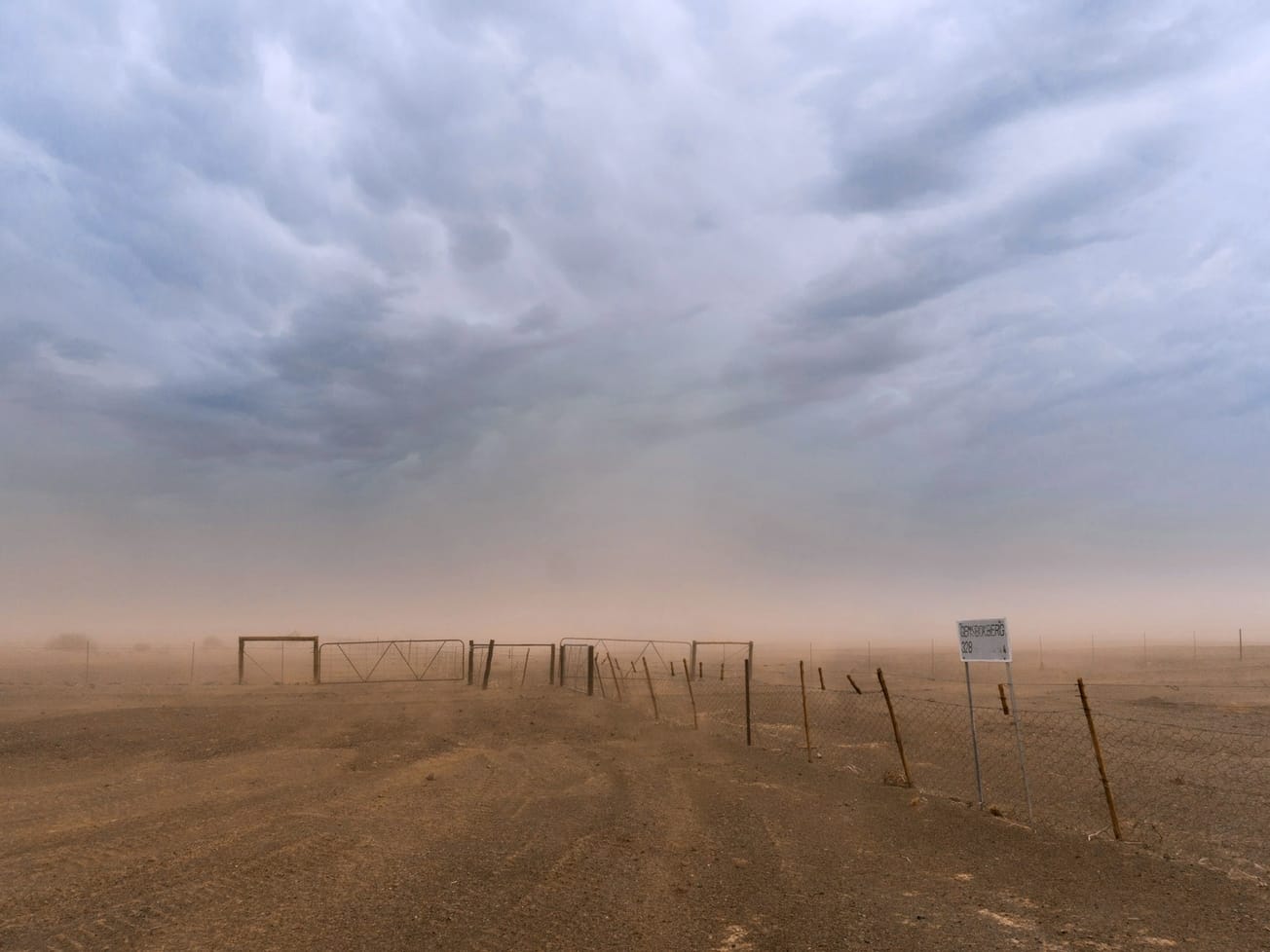The years 2025 to 2034 will be known as the United Nations Decade on Combating Sand and Dust Storms as part of an international plan to reduce these extreme weather events, some caused by poor land and water use.
The 193-nation U.N. General Assembly's resolution adopted by consensus on Wednesday is meant to improve cross-border cooperation, early warning systems, and the sharing of climate and weather information. It was approved two days ahead of the International Day of Combating Sand and Dust Storms, a new observance to be held for the first time on Friday.








